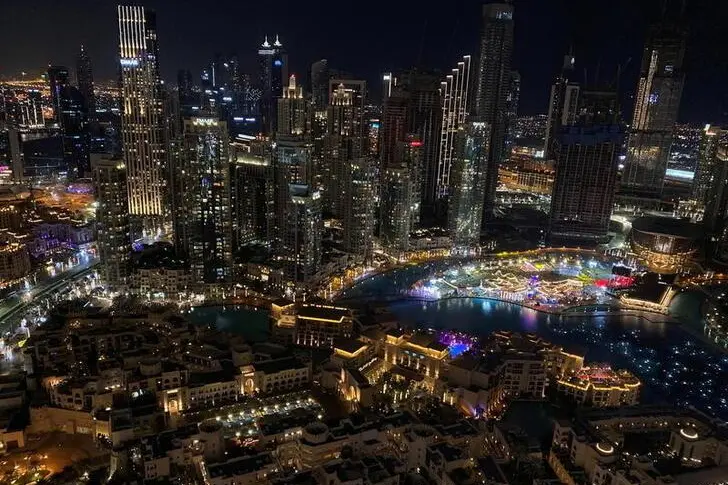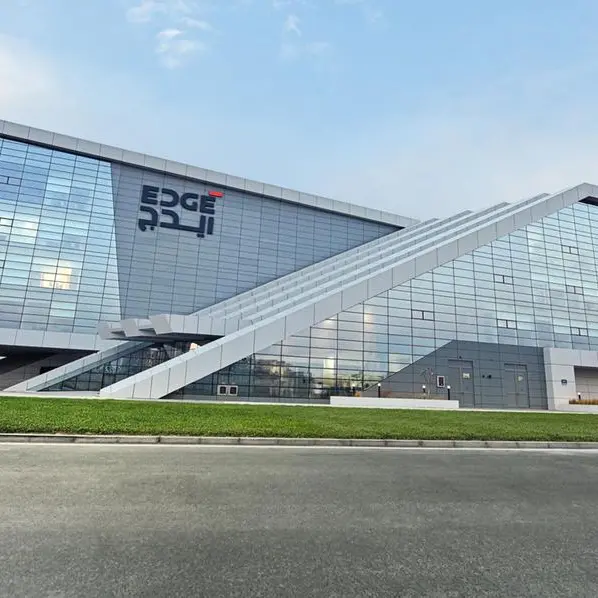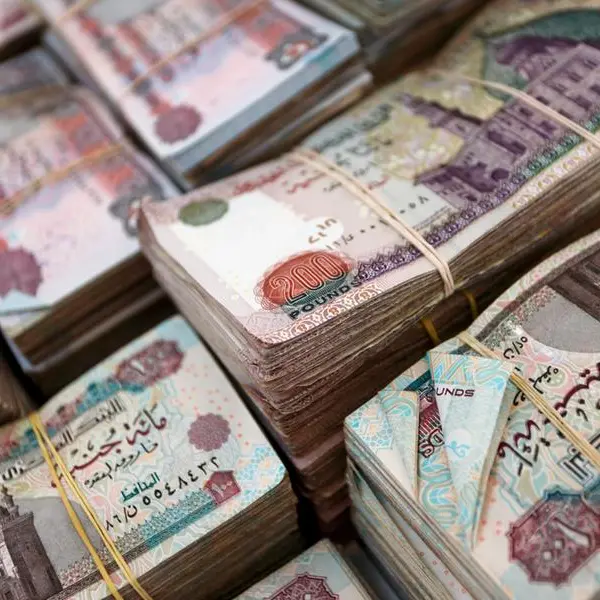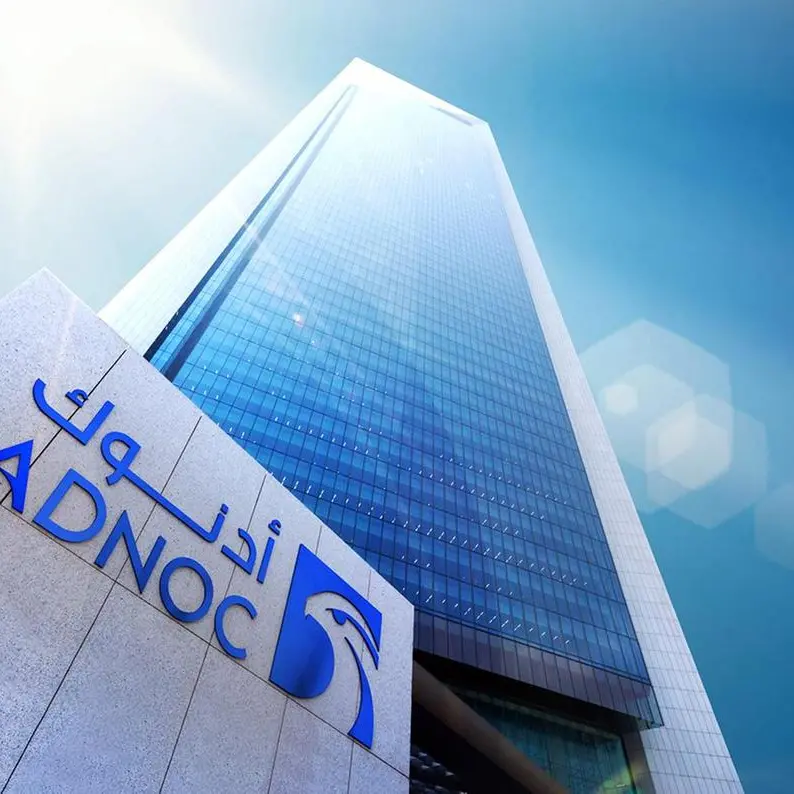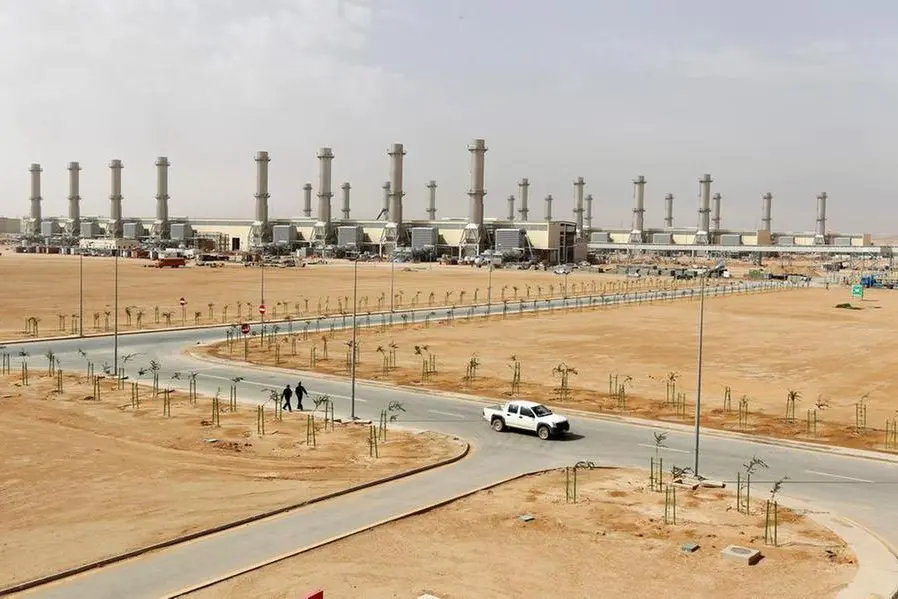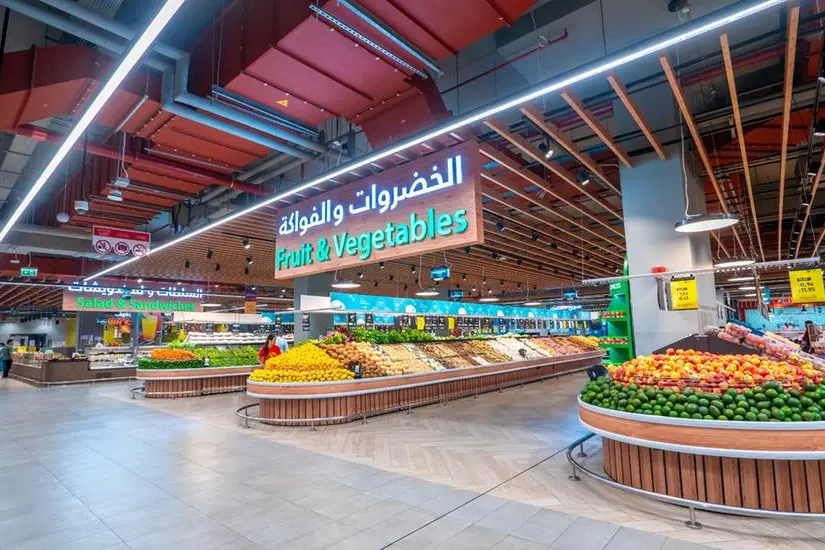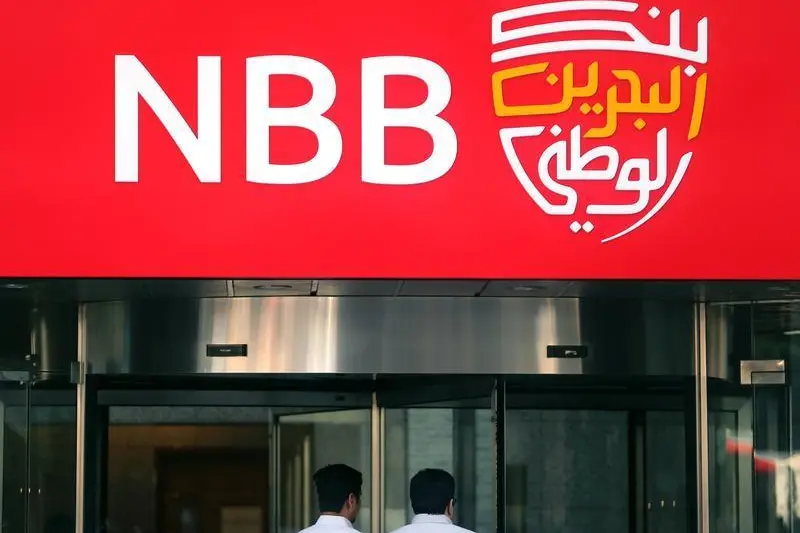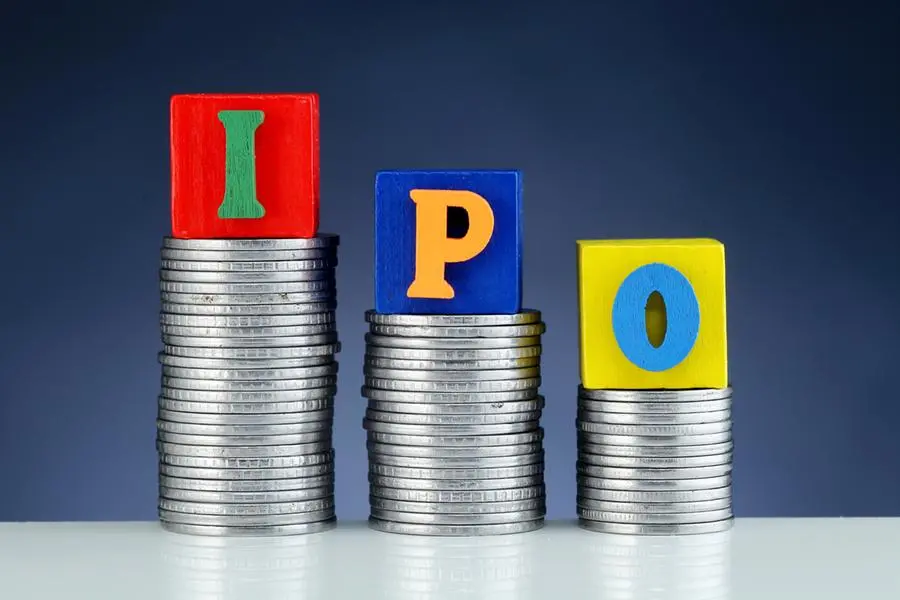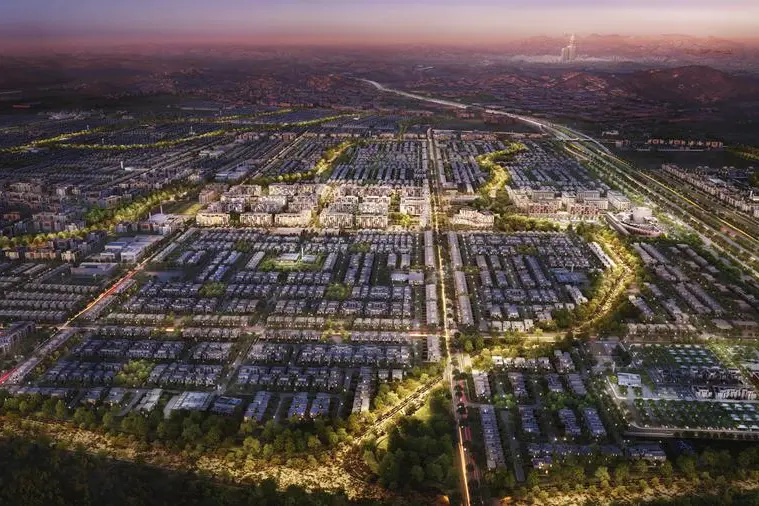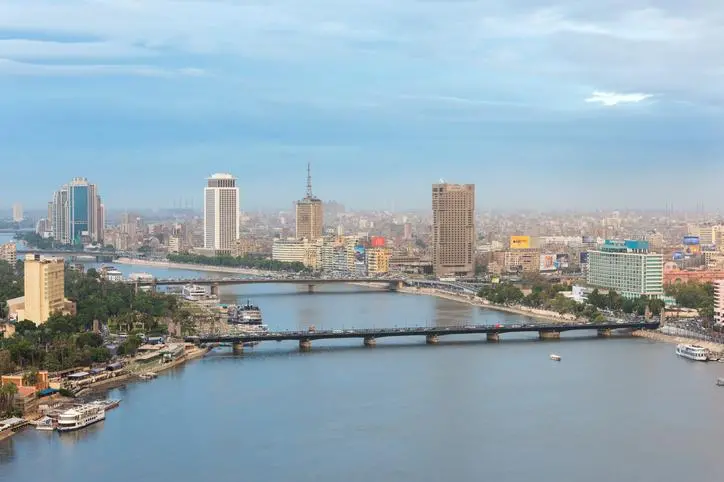PHOTO
Dubai’s iconic skyline welcomed several new additions in 2020, despite the Covid-19 pandemic leaving its mark on the construction sector, experts said.
Research by the Council on Tall Buildings and Urban Habitat showed that 12 buildings over 200m were completed in 2020 - the most compared to any other city on the list. Experts noted that the achievement is indicative of the strength of Dubai’s construction sector and the interest from investors.
According to the Council on Tall Buildings and Urban Habitat’s 2020 Year in Review report, 2020 yielded 106 completions of buildings 200m and taller, a 20 per cent decline from 133 in 2019. The report noted that the decline in numbers is not surprising in light of the Covid-19 pandemic, which took hold in the first quarter and impacted numerous projects around the world at various stages. The tallest building to be completed in 2020 was Central Park Tower in New York City at 472 meters. This is the first time in five years in which the tallest completed building was not in China.
The review showed that China alone still completed more than half of the total buildings in the study. With 56 skyscrapers, the country took the lead in the study. The UAE, which completed twelve 200-metre-plus buildings, takes the second spot; followed by the United States with 10, and the United Kingdom with five.
SLS Dubai, at 336m, was the tallest building to be completed in 2020. It was followed by Amna Tower at 307m and Jumeirah Gate at 308m. Dubai still holds on to its position as the city with the tallest building in the world - a position it cemented in 2010 with the completion of the 828m Burj Khalifa. The second tallest building in the city is the Marina 101 at 425m, and Princess Tower at 413.4m.
“Over the last few years, Dubai has done wonders in raising the vertical limit of construction with innovative projects,” said Josef Kleindienst, chairman of Kleindienst Group, developers of the iconic The Heart of Europe destination. “It is home to some of the best creations. The construction sector in Dubai has been, and will continue to remain robust, as developers continue to invest in new projects while others are finishing the existing projects. Due to Dubai’s attractiveness, investors will continue to buy assets in Dubai that will continue to drive demand for properties. As a result, construction will continue to dominate economic activities.”
Farhad Azizi, CEO of Azizi Developments, said that the UAE as a whole, and especially Dubai’s real estate sector, is “outstandingly resilient” to the impacts of the Covid-19 pandemic, thanks to the guidance of the nation’s agile and forward-looking leadership, as well as the innovation and cooperation of all industry stakeholders.
“In 2020, Dubai has seen the highest number of 200-plus-metre buildings completions since 2011, highlighting its resilience and unwavering progress. We now look forward to 2021 - the year of resurgence where pre-pandemic demand levels are reached and surpassed - with many exciting projects manifesting from visions into reality. Riviera, our French-Mediterranean lifestyle community in MBR City will see many of its first handovers in the early months of 2021 - this represents a new landmark destination, adding distinguished value to the emirate’s real estate landscape. Demand from both local and international investors is substantial too, with over 75 per cent of our ongoing projects already being sold,” he added.
Kleindienst added that Dubai is not only a city of towers, but also a hub for architectural wonders and iconic destinations such as The Heart of Europe, which will continue to attract more people to Dubai. “Project development and construction are some of the key sectors that drive economic growth of Dubai. We are also expecting to see the market to show upward trends. These skyscrapers were the result of the intense construction activities all the developers had during the second half of 2020. Most developers were finishing the projects as planned for Expo 2020.”
According to GlobalData, the construction output growth forecast for the Middle East and North Africa (Mena) region for 2020 is forecast to contract by 4.5 per cent in 2020, before recovering with growth of 1.9 per cent in 2021 and 4.1 per cent in 2022. GlobalData still maintains its forecast for construction output growth in the UAE with a rebound in 2021 of 3.1 per cent and a promising medium term outlook.
Yasmine Ghozzi, economist at GlobalData, said that the construction sector will face headwinds in 2021 with a slow recovery, but the pace of recovery will be uneven across countries in the region. “The recent approval of a new Dubai Building Code is a positive development for the UAE. The new code outlines a revised set of construction rules and standards, and seeks to reduce construction costs by streamlining building rules.”
rohma@khaleejtimes.com
Copyright © 2021 Khaleej Times. All Rights Reserved. Provided by SyndiGate Media Inc. (Syndigate.info).
